Hi there, pet lovers! 🦎
Few reptiles command as much awe—and caution—as the crocodile monitor (Varanus salvadorii). Known for its striking appearance, intelligence, and sheer power, this arboreal giant is often dubbed the “dinosaur of the treetops.” But is it a suitable pet? In this detailed review, we explore every aspect of crocodile monitor care, temperament, and challenges to help you understand why this species is reserved for only the most experienced keepers.
Overview
Crocodile monitors are massive, arboreal lizards native to New Guinea’s rainforests. They are famed for their long tails, sharp claws, and serrated teeth, making them one of the most intimidating and dangerous monitor species. Here’s a quick summary:
- Handling and Temperament: Extremely aggressive and unpredictable; not suitable for handling.
- Care and Maintenance: Demands a huge, specialized enclosure with high heat, humidity, and climbing structures.
- Health and Durability: Hardy if kept correctly, but prone to stress and injury due to size and aggression.
- Availability: Rare in captivity; mostly wild-caught imports with limited captive-bred options.
- Cost: One of the most expensive monitor species to acquire and maintain.
- Overall: Not a pet for beginners or even intermediate keepers—best left to zoos and expert reptile specialists.
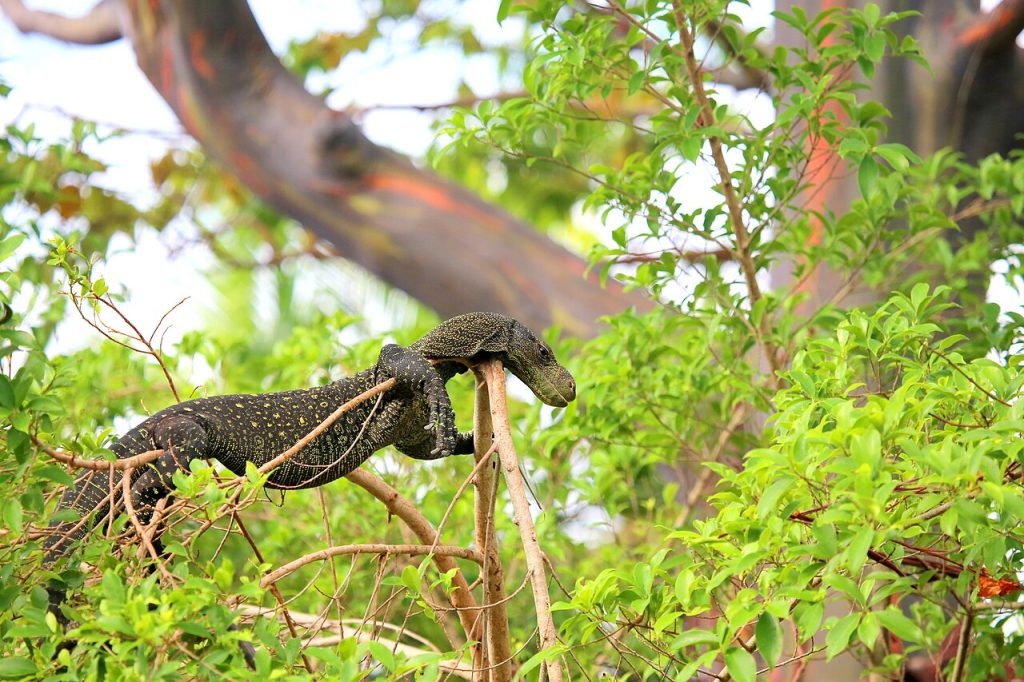
Why Choose a Crocodile Monitor?
The crocodile monitor is not a pet in the traditional sense. Unlike more manageable reptiles (e.g., bearded dragons or crested geckos), this species is high-maintenance, dangerous, and requires expert-level care. The only justifiable reasons to keep one are:
- For advanced breeding programs aimed at conservation.
- For experienced herpetologists studying large varanid behavior.
- For professional facilities (zoos, research centers) with proper resources.
For the average reptile enthusiast? There are far safer, more practical monitor species (e.g., Ackies, Savannah monitors).
Handling and Temperament
Aggression and Danger
Crocodile monitors are not tame. Even captive-bred individuals retain strong predatory instincts and can inflict life-threatening injuries.
- Bite Force & Teeth: Their serrated, shark-like teeth can cause severe lacerations, nerve damage, and significant blood loss.
- Tail Strikes: Their muscular tails can whip with enough force to bruise or break skin.
- Climbing Reflex: If they latch onto a handler, their sharp claws make removal difficult without causing harm.
Can They Be Tamed?
While some monitors (like tegus) can become docile, crocodile monitors do not domesticate. Even seasoned keepers stress that trust is limited—these lizards remain unpredictable.
“A crocodile monitor isn’t a pet—it’s a wild animal that tolerates humans at best.”
Care and Maintenance
Enclosure Requirements
Crocodile monitors need enormous, custom-built enclosures—think entire rooms or outdoor structures.
- Size: Minimum 12 ft tall x 8 ft long x 6 ft deep for an adult.
- Climbing Structures: Heavy branches, ropes, and platforms (they spend 90% of their time off the ground).
- Substrate: Deep, moisture-retaining mix (coconut fiber, cypress mulch) to maintain humidity.
- Hiding Spots: Dense foliage and enclosed hides to reduce stress.
Temperature & Humidity
- Daytime Temp: 85–90°F (29–32°C) with a basking spot of 120°F (49°C).
- Nighttime Temp: No lower than 75°F (24°C).
- Humidity: 70–90% (requires automatic misting systems).
Diet & Feeding
Crocodile monitors are opportunistic carnivores needing whole prey:
- Staples: Rats, chicks, quail, fish, and large insects.
- Frequency: Adults eat 2–3x per week; juveniles require daily feeding.
- Supplements: Calcium + D3 dusting to prevent metabolic bone disease.
Lighting
- UVB Lighting: Essential for calcium metabolism (use 10.0+ UVB tubes).
- Day/Night Cycle: 12 hours light, 12 hours dark.
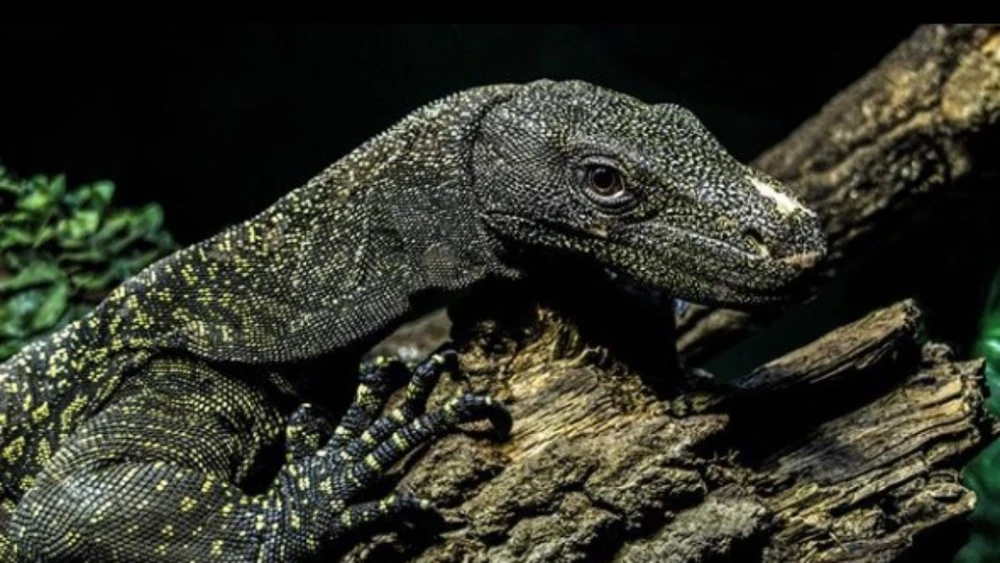
Health and Durability
Common Health Issues
- Respiratory Infections (from incorrect humidity/temps).
- Parasites (common in wild-caught specimens).
- Stress-Induced Injuries (self-harm from inadequate space).
Lifespan
With optimal care, they can live 15–20 years—but few reach this age in captivity due to improper husbandry.
Availability and Cost
Where to Buy
- Specialist Breeders: Rare and expensive (few work with this species).
- Wild-Caught Imports: Risky due to parasites and aggression.
Price Range
- Captive-Bred Hatchlings: $2,500 to $5,000+.
- Enclosure Setup: $5,000 to $10,000+ (custom builds, misting systems, heating).
Pros and Cons
Pros
- One of the most impressive reptiles on Earth.
- Highly intelligent (problem-solving skills).
- Long lifespan (if cared for properly).
Cons
- Extremely dangerous (can kill a human).
- Requires a massive, costly enclosure.
- Not handleable—strictly observational.
- Limited captive-bred availability.
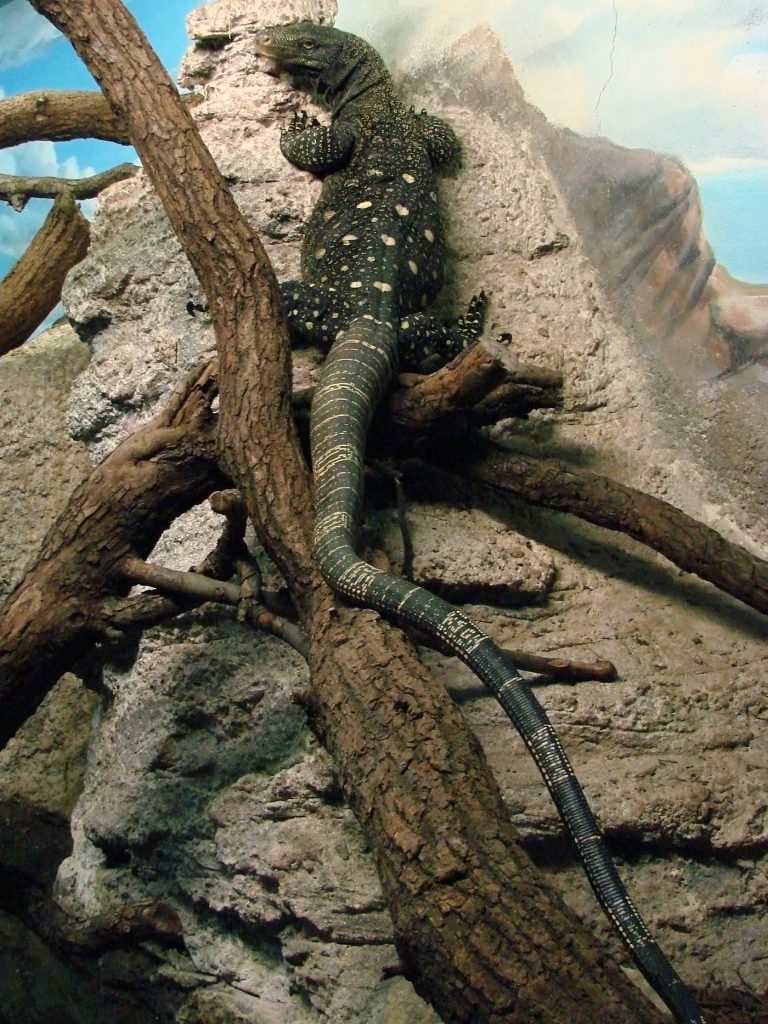
Final Thoughts
The crocodile monitor is not a pet—it’s a commitment to housing a wild predator. Unless you are a professional with decades of experience, we strongly discourage keeping this species.
For those seeking a similar but safer alternative, consider:
- Green tree monitor (Varanus prasinus)
- Ackie monitor (Varanus acanthurus)
- Black-throat monitor (Varanus albigularis)
Would you ever consider a crocodile monitor? Share your thoughts in the comments!
For more expert reptile guides, stay tuned. 🐉
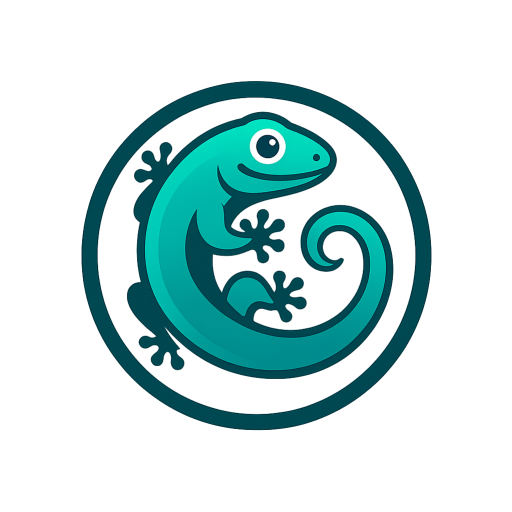



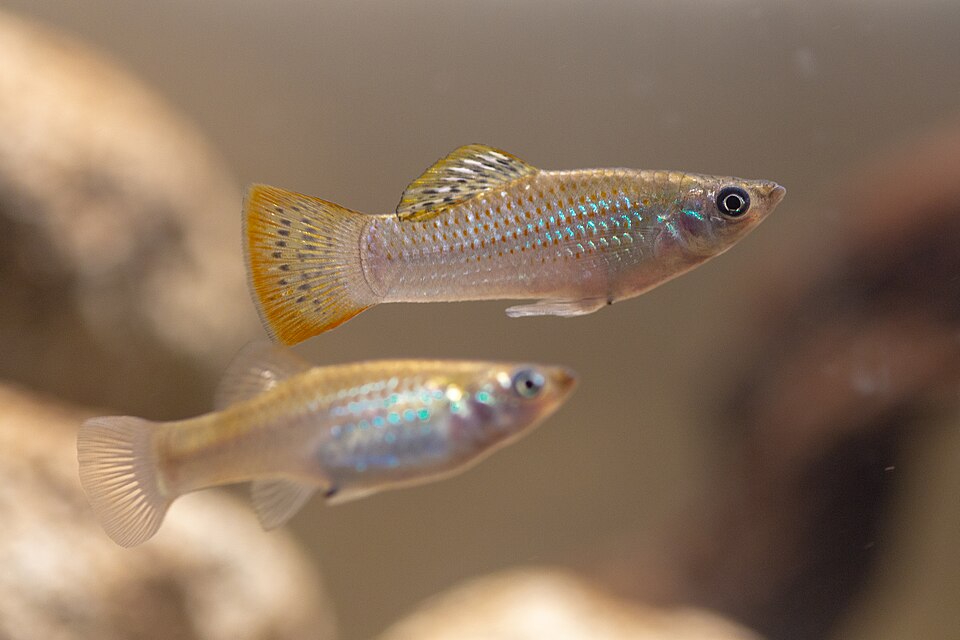

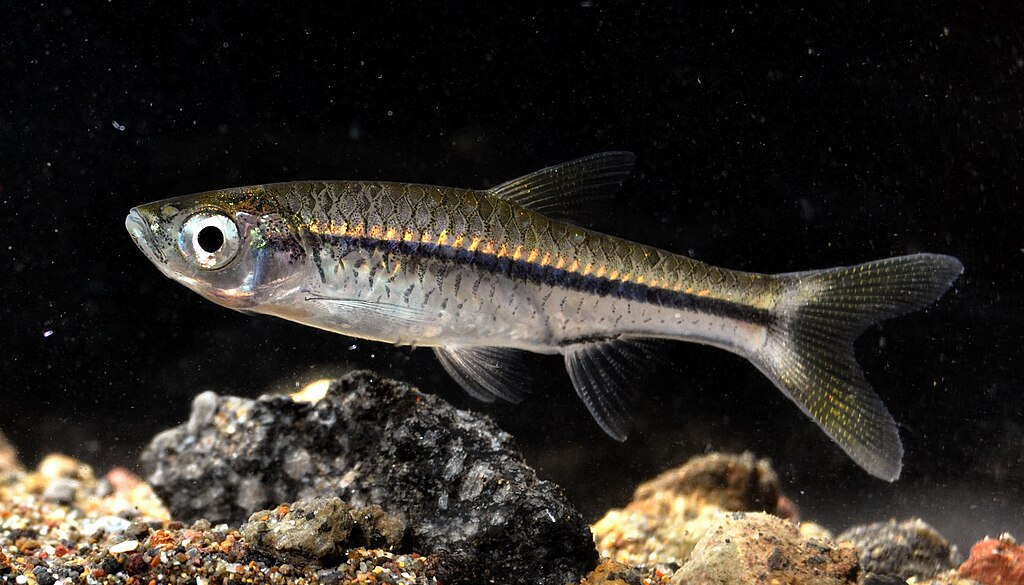
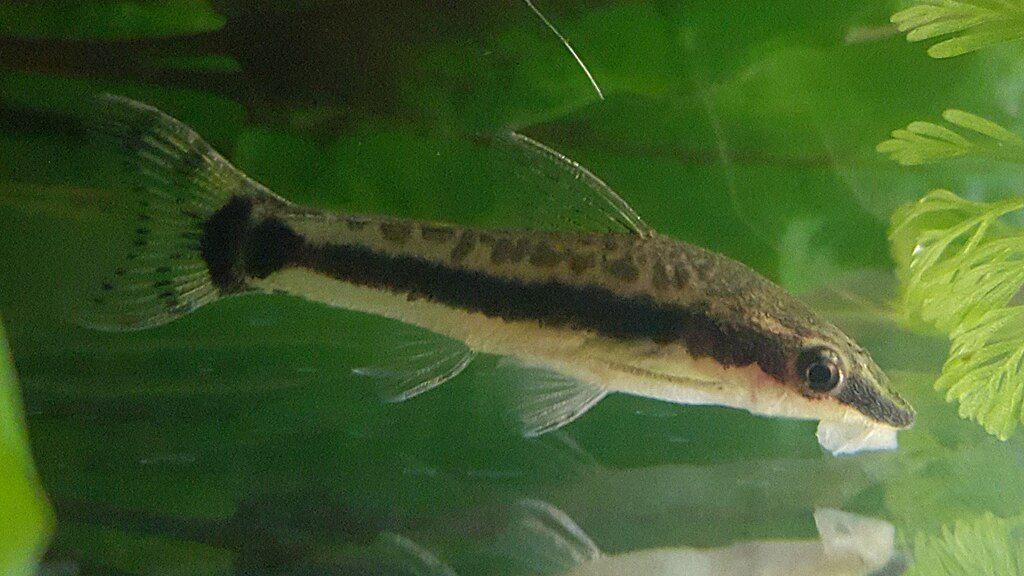
Leave a Reply